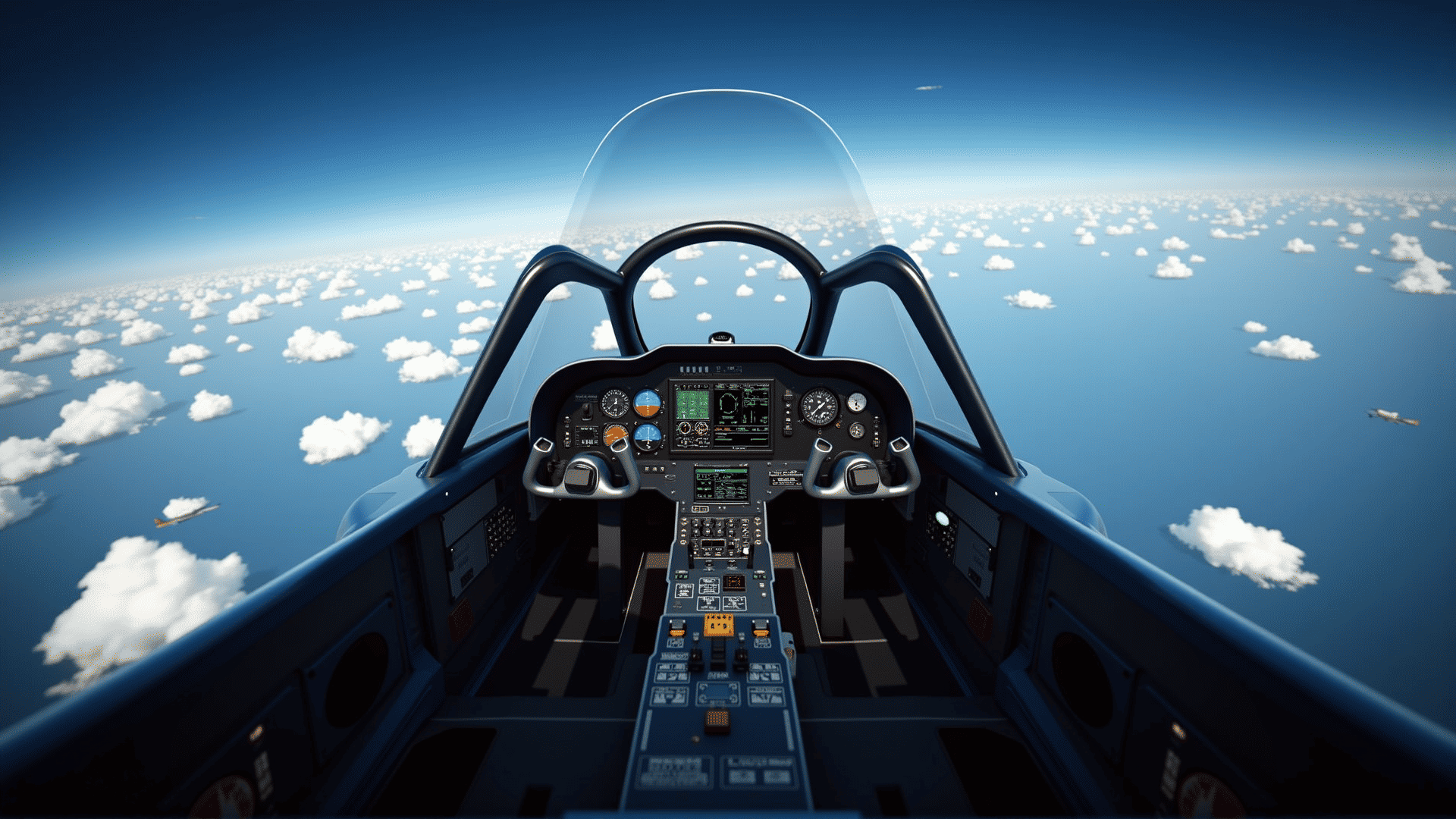Mastering the art of flying is a thrilling journey that requires dedication, practice, and a solid understanding of key strategies. Whether you're a novice aviator or someone looking to refine their skills, honing your techniques can transform you into an ace pilot. Let's explore some top strategies that are essential for every aspiring aviator.
1. The Foundation: Perfecting Your Takeoff
Takeoff is where your journey begins, and mastering this phase is crucial for a smooth flight. The key to an effective takeoff is the balance between power and control. Start by practicing on long runways to give yourself ample space to gain speed gradually. Focus on maintaining the centerline and using a gentle yet firm input on the yoke or stick to lift off smoothly. Keep an eye on your airspeed and ensure that you're climbing at the correct angle to achieve optimal lift.
2. Navigating the Skies: Understanding Aircraft Systems
Every aircraft comes with a unique set of systems, and understanding them will give you an edge in handling various situations. Familiarize yourself with the cockpit instruments, such as altimeters, compasses, and communication systems. Learn the nuances of fuel management, electrical systems, and emergency procedures. This knowledge will not only boost your confidence but also prepare you for unexpected scenarios.
3. The Art of Turning: Mastering Turns and Maneuvers
Turning an aircraft is more than just tilting the wings. To execute smooth and precise turns, start with practicing coordinated turns, where the rudder and ailerons work in harmony. Focus on maintaining a consistent bank angle and altitude by watching your vertical speed indicator. Incorporate the art of trimming to relieve control pressure and achieve stability, ensuring a balanced and comfortable maneuver.
4. Situational Awareness: The Mental Game
Being an ace pilot involves more than just physical skills; it requires acute situational awareness. Develop your ability to process information quickly by staying alert and anticipating the actions of other aircraft. Regularly scan the horizon and instruments to maintain an organized mental picture of your surroundings. This cognitive skill is vital for decision-making during complex airspace situations and ensures a safe journey.
5. Weathering the Elements: Weather Adaptability
Weather conditions can be unpredictable, making adaptability a key trait for pilots. Learn to interpret weather charts, forecasts, and real-time data to anticipate the effects of wind, turbulence, and visibility changes. Becoming proficient in adjusting your flight path to accommodate varying weather patterns will help reduce risks and guarantee a smoother experience for everyone on board.
6. Continuous Learning: Embrace the Pilot Community
The aviation community is vast and filled with resources that can aid your journey. Engage with fellow pilots through forums, attend flying clubs, or join online courses to keep up with industry standards and innovations. Sharing knowledge and experiences will provide insights beyond textbooks, enriching your understanding and keeping your skills sharp.
7. Post-Flight Evaluation: Reflect and Refine
After each flight, take the time to evaluate your performance. Reflect on what went well and identify areas for improvement. Consider logging your flights and noting down your observations. This self-assessment process will enable you to track your progress and continuously refine your skills.
Becoming an ace pilot is a dynamic and rewarding journey. By integrating these strategies into your flying practice, you build a solid foundation and develop the agility needed to master the skies. Embrace each flight as an opportunity to grow, and soon, you'll find yourself soaring with confidence and precision.
